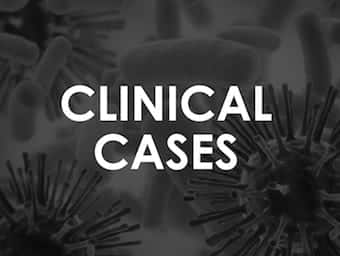
Palpable Excitement
A 76 year-old man presents with a florid spreading violaceous rash over most of his body - Palpable Purpura - What is your differential diagnosis?

A 76 year-old man presents with a florid spreading violaceous rash over most of his body - Palpable Purpura - What is your differential diagnosis?

Is it safe to give a patient frusemide if he has an allergy to sulfa drugs? Are you feeling slightly immunologically discombobulated? The answer's here.

A 33 year old caucasian female presented to the emergency department following minor trauma to her upper lip. Traumatic Angioedema?
Biography Born 19 November 1842 in Trautenau, Böhmen, Austro-Hungarian Empire Died 3 October 1916 in Heidelberg, Germany Medical Eponyms Czerny operation (aka Cholecystopexy) Czerny pillar suture used in the operative treatment of congenital inguinal hernia in children Key Medical Attributions…

With winter comes norovirus. This Q&A post tests your knowledge of what may be the perfect human pathogen.

A 13-year old female with pyelonephritis is being treated with ceftriaxone. Enterobacter cloacae is cultured. Got a problem with that?

A woman had a spinal injury from a car crash at 2 years of age; she since had spinal surgery and has a baclofen pump. Now she has a fever - what's the cause?

Australia CAP - 'Microbial Mystery' of case-based Q&As focusing on causative organisms and antibiotic selection.

A 15 year-old female with fever, vomiting, diarrhoea, whole body 'sunburn' and hypotension. It's over to you...

A 27 year old female with metastatic ovarian cancer for whom treatment options have been exhausted arrives in the ED in extremis.

21 year-old presenting to the emergency department with fevers and agitation. His lumbar puncture confirms Gram Negative Diplococci

Gastric residual volume is the amount aspirated from the stomach following administration of enteral feed. An aspirated amount of ≤ 500ml 6 hourly is safe and indicates that the GIT is functioning